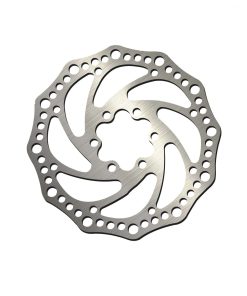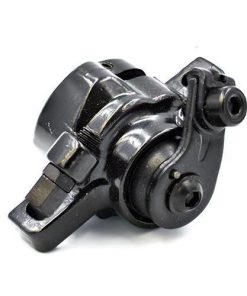Electric scooters are becoming an increasingly popular mode of transportation in urban areas, thanks to their convenience and eco-friendliness. As with any vehicle, the brakes on an electric scooter are one of the most critical components, ensuring the rider’s safety and control of the vehicle.
Electric scooter brake parts consist of several essential elements, including brake levers, brake pads, brake discs, brake callipers, and brake cables. Each of these parts plays a critical role in the braking system, ensuring efficient and reliable stopping power.
Brake levers are the components that allow the rider to activate the brakes. They are usually mounted on the handlebars and actuated by a cable that runs down to the brake calliper. High-quality brake levers are essential for responsive and consistent braking.
Brake pads are the replaceable components that make contact with the brake disc to stop the scooter. They are made of various materials, such as organic or metallic compounds, and require periodic replacement as they wear out.
Brake discs, also known as rotors, are the circular metal discs mounted on the wheels of the scooter. When the brake pads press against the brake disc, it creates the friction needed to stop the scooter. High-quality brake discs are essential for reliable and consistent braking performance.
Brake callipers are the components that hold the brake pads and press them against the brake disc when the brake lever is activated. There are two types of brake callipers: mechanical and hydraulic. Mechanical callipers rely on a cable to actuate the brake pads, while hydraulic callipers use fluid pressure to engage the pads.
Finally, brake cables are the flexible cables that transmit the force from the brake lever to the brake calliper, causing the pads to engage the brake disc. High-quality brake cables are essential for responsive and reliable braking performance.
Overall, investing in high-quality electric scooter brake parts is essential for ensuring the safety and control of the rider. Regular maintenance and replacement of worn-out parts are crucial to ensure optimal performance and safety of the braking system.
Aovo Pro Parts
Aovo Pro Parts
Aovo Pro Parts















